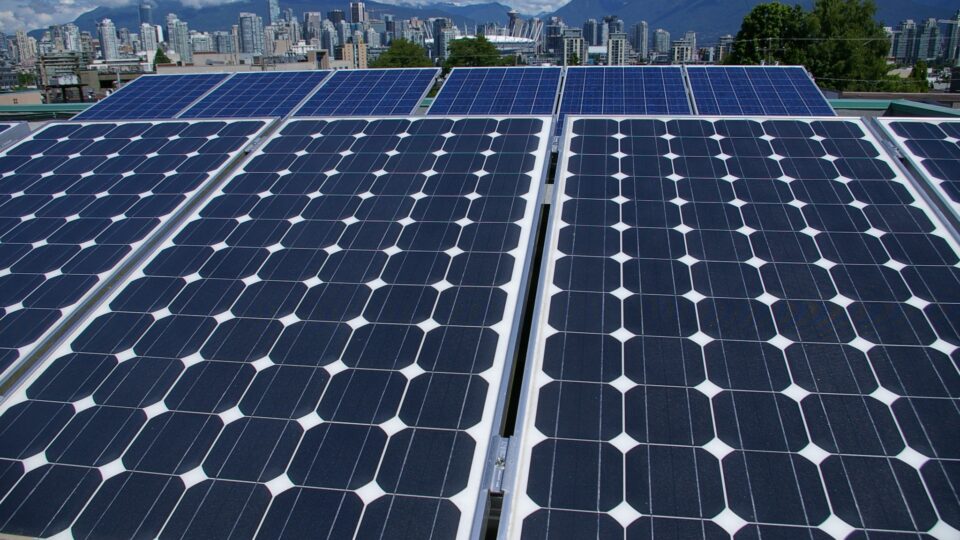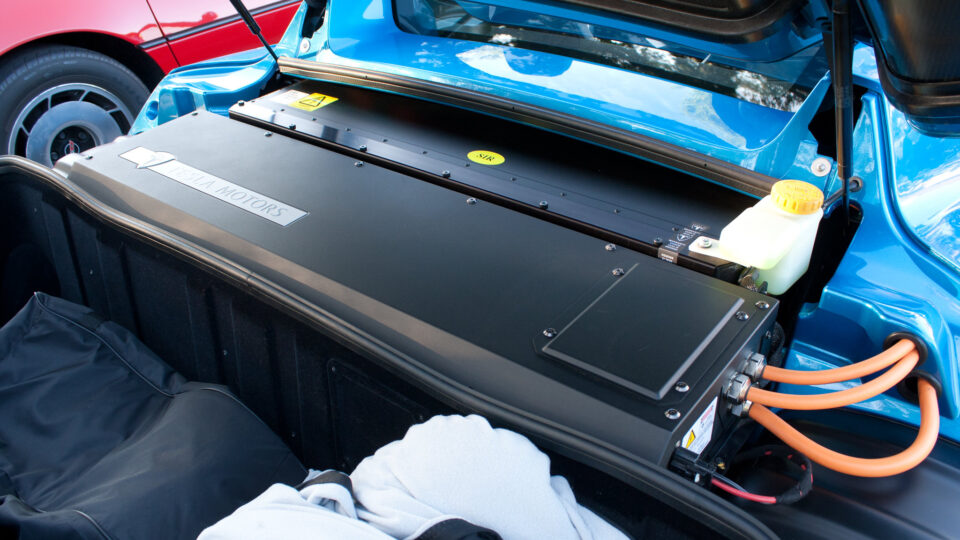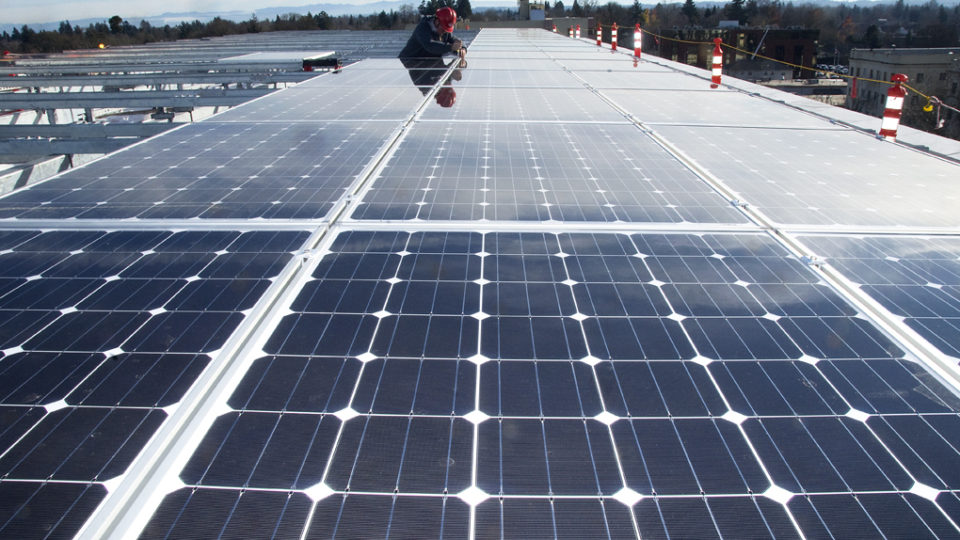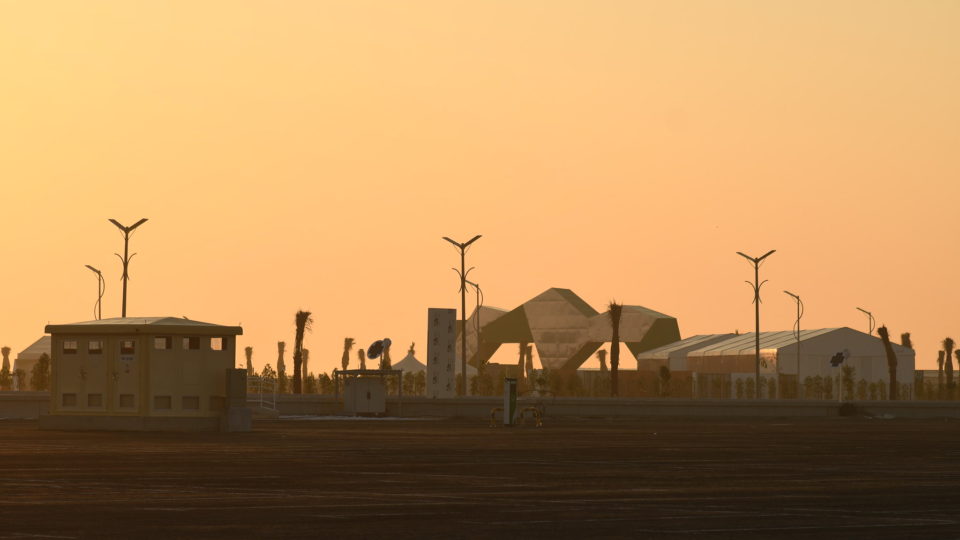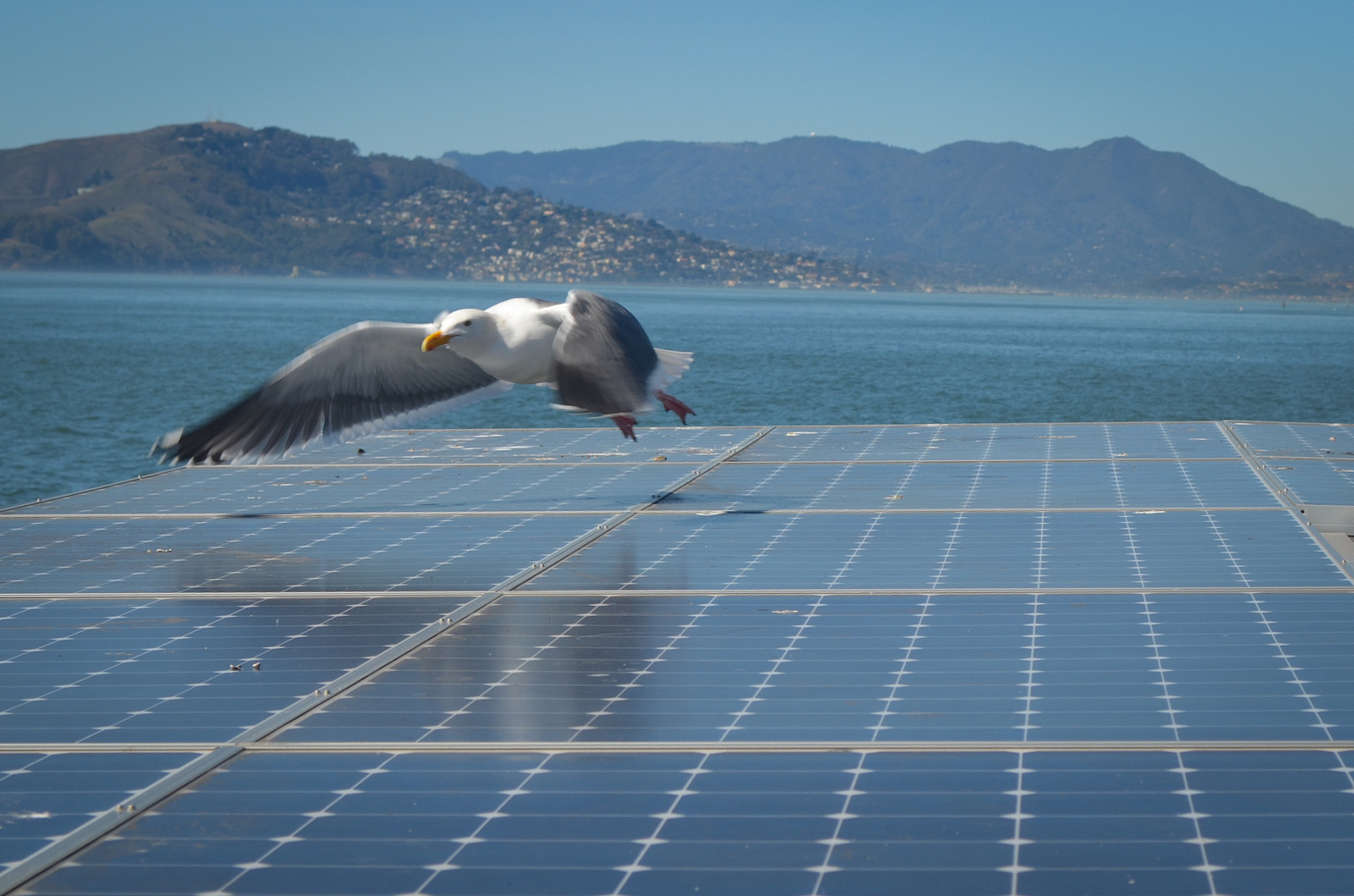The sun is the primary source of energy on the earth. Enough solar energy hits the earth in one hour to meet all of human civilization’s energy needs for an entire year. The two leading forms of renewable energy – photovoltaic solar power and wind power – are ways of making use of the sun’s energy. Wind power is indirectly provided by the sun; photovoltaic power uses sunlight to generate electricity.
The most efficient use of solar energy on the planet is one perfected by plants millions of years ago: photosynthesis. Photosynthesis is a complex sequence of processes by which plants convert sunlight and water into usable energy in the form of glucose. Plants utilize a combination of pigments, proteins, enzymes, and metals to perform their magic. If we can develop artificial photosynthesis, it would be a dramatic improvement of humans’ ability to power society cleanly and efficiently. Whereas photovoltaics capture about 20% of the sun’s energy, photosynthesis stores 60% of the sun’s energy as chemical energy.
Researchers across the globe are working to develop artificial photosynthesis. A group at Purdue university has been making progress in trying to mimic the ability of leaves to collect light and split water molecules to generate hydrogen. This is a critical step in photosynthesis that is accomplished by protein and pigment complexes known as “photosystems II”. The Purdue group is experimenting with these proteins and various synthetic catalysts in order to try to develop artificial leaves based on abundant, nontoxic materials.
It is likely to take a decade or more for artificial photosynthesis technology to become part of our energy system, but its ultimate potential is enormous.
**********
Web Links
Soaking up the sun: Artificial photosynthesis promises a clean, sustainable source of energy
Photo, posted June 14, 2007, courtesy of Alex Holyoake via Flickr.
Earth Wise is a production of WAMC Northeast Public Radio.


